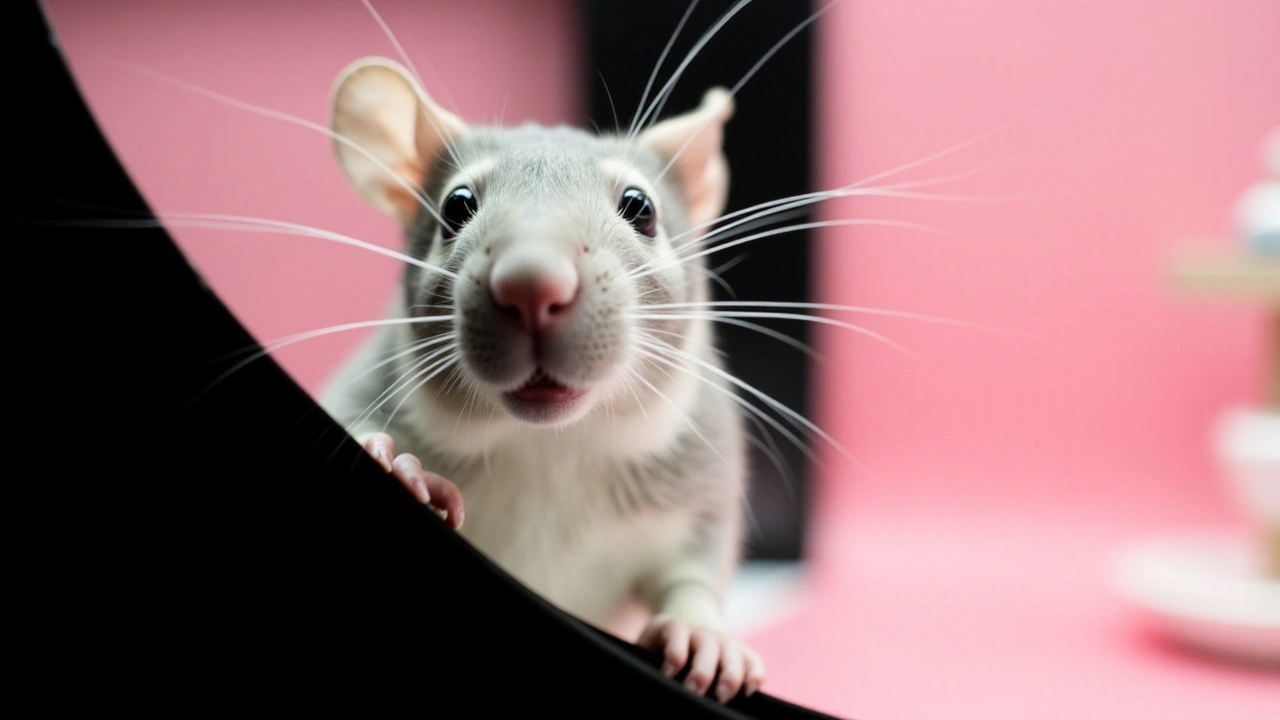In-flight meal tips: eat smarter on planes
Ever opened a tray and wondered what to eat first? Plane food doesn't have to be bland or risky. This guide helps you choose, order, and handle an in-flight meal so you land feeling better, not bloated or hungry.
Know your flight type. Short domestic flights often serve simple sandwiches or snacks; long-haul flights offer hot meals, multiple courses, and special-diet options. Check your airline's menu before you fly—many let you pick a meal during booking or up to 24 hours before departure. Picking early increases the chance you'll get what you want, especially on full flights.
How to order and upgrade
If the airline offers pre-ordering, use it. Look for vegetarian, vegan, gluten-free, low-salt, or child meals and read the brief descriptions. If you need a medical or allergy meal, request it by name and follow up with the airline's customer service. Want a better meal? Upgrades to premium economy or business often include fresher dishes and a wider selection—worth it on overnight flights. For low-cost carriers, consider paid meal services or buy a higher fare that bundles food.
Timing matters. Eat lighter before boarding and accept the airline's meal when offered at the right time for your body clock. Avoid heavy, greasy foods close to sleep if you want to rest. Drink water regularly; cabin air is dry and worsens digestion. Skip alcohol if you need good sleep or have a long day after landing.
Bring your own food smartly
Bringing snacks or a full meal is often the easiest way to control taste and dietary needs. Solid foods like sandwiches, wraps, salads (no liquid dressing), nuts, fruit, and energy bars clear security easily. For international travel, remember customs rules—some countries ban fresh fruit or meat. Pack meals in reusable containers and use spill-proof bottles for dressings or sauces under 100ml to meet liquid rules.
Reheat worries? Flight attendants rarely reheat passenger food. Choose dishes that taste fine cold or at room temperature—roasted vegetables, cold pasta, grilled chicken, or sushi from a reliable source. Carry a small pack of utensils, wet wipes, and a napkin. These little extras make eating on a plane less awkward and more sanitary.
Allergies and safety: if you have a severe allergy, inform the airline and request a buffer zone if available. Still bring your epinephrine and avoid relying solely on airline assurances. For food safety, discard food that's been at room temperature for hours or smells off. Trust your nose.
Snacks vs meals: bring a mix—quick snacks for hunger spikes and one solid meal for longer flights. Choose high-protein, low-sugar options to keep energy steady. A banana, handful of almonds, and a protein bar are simple winners.
Use lounges when you can. Airport lounges usually offer better quality food and are great for a calm meal before boarding. If you have a long layover, eating at the airport gives more variety and lets you avoid questionable onboard food.
Small choices make flights much more pleasant.
Emergency Landing in Oslo After Live Mouse Found in In-Flight Meal: Raising Concerns Over Airline Catering Safety
A flight from Oslo faced an unexpected emergency landing when a passenger discovered a live mouse in her in-flight meal. The incident had the crew divert the aircraft to the nearest airport, raising crucial issues around airline catering standards and passenger safety.
